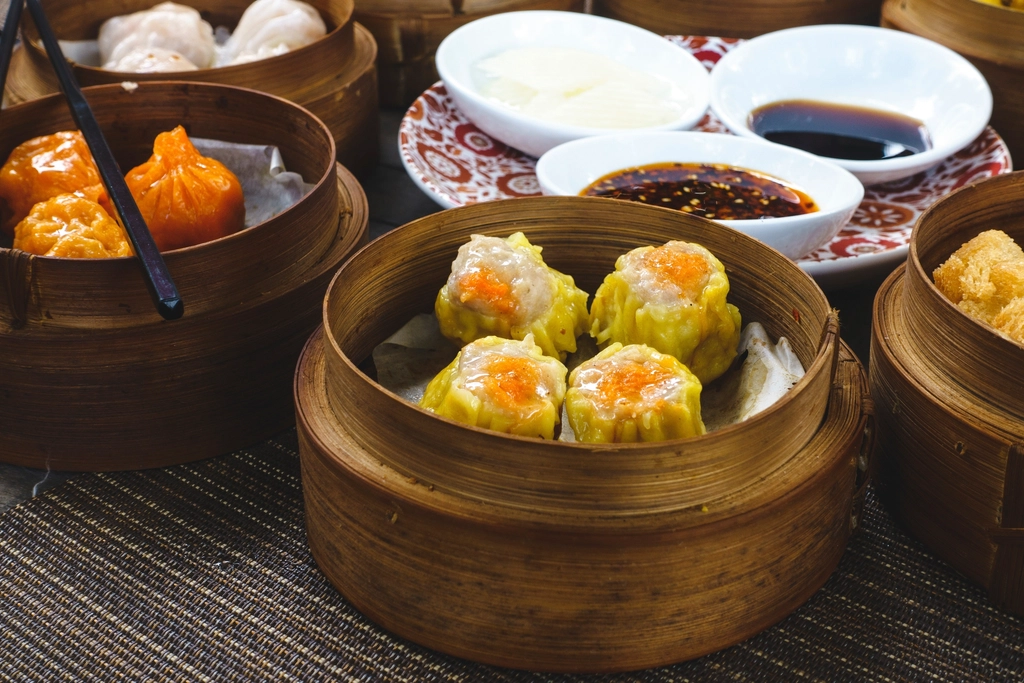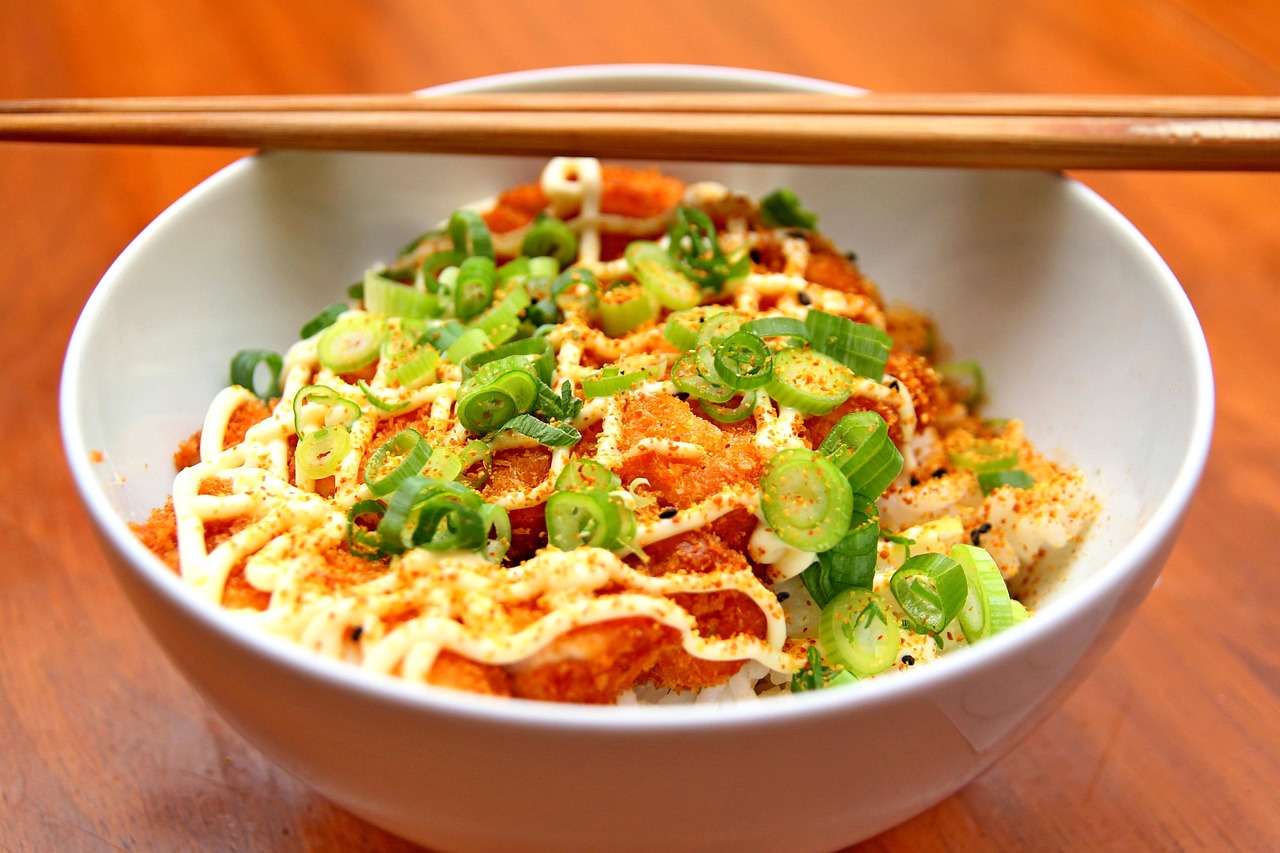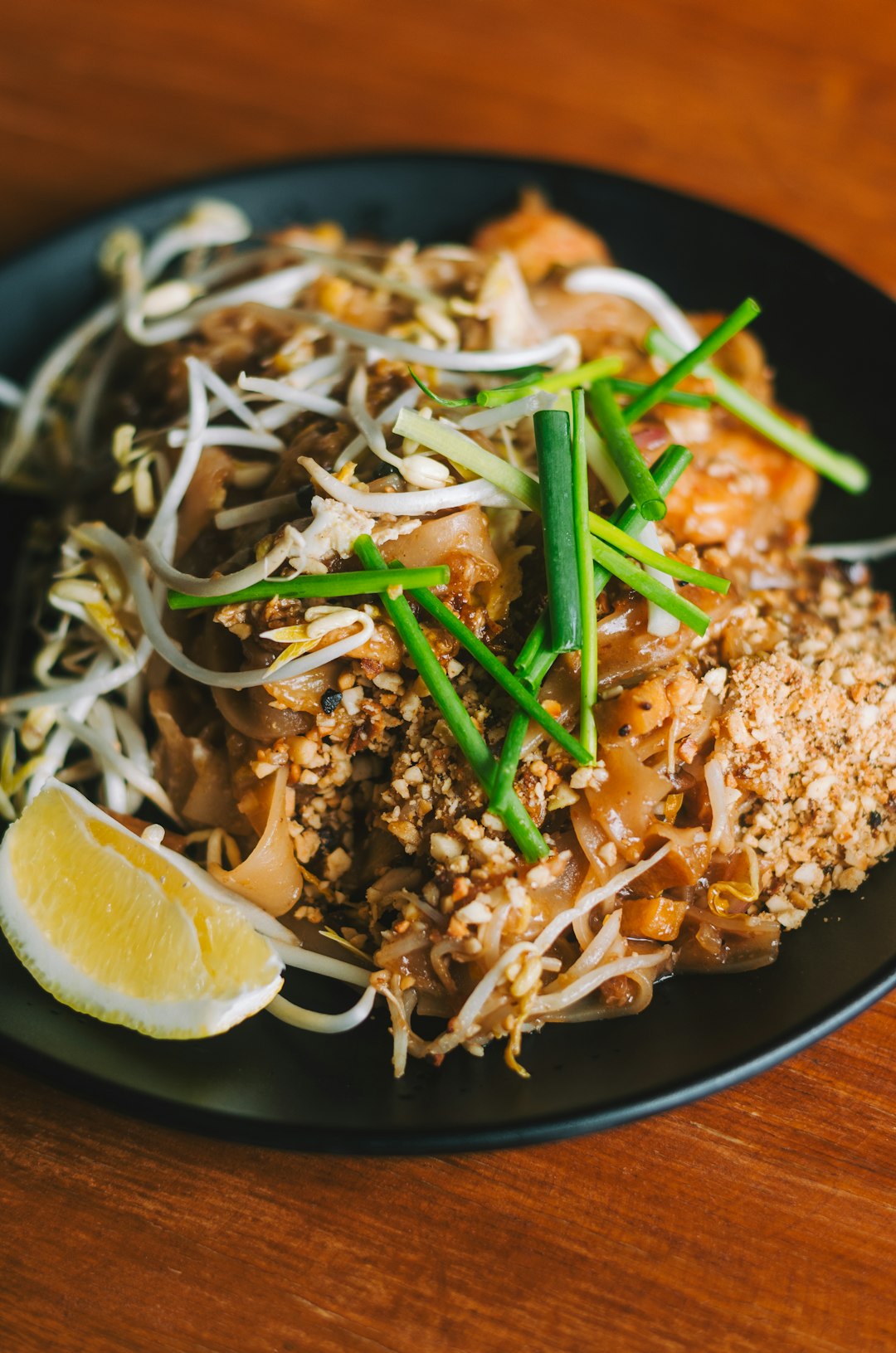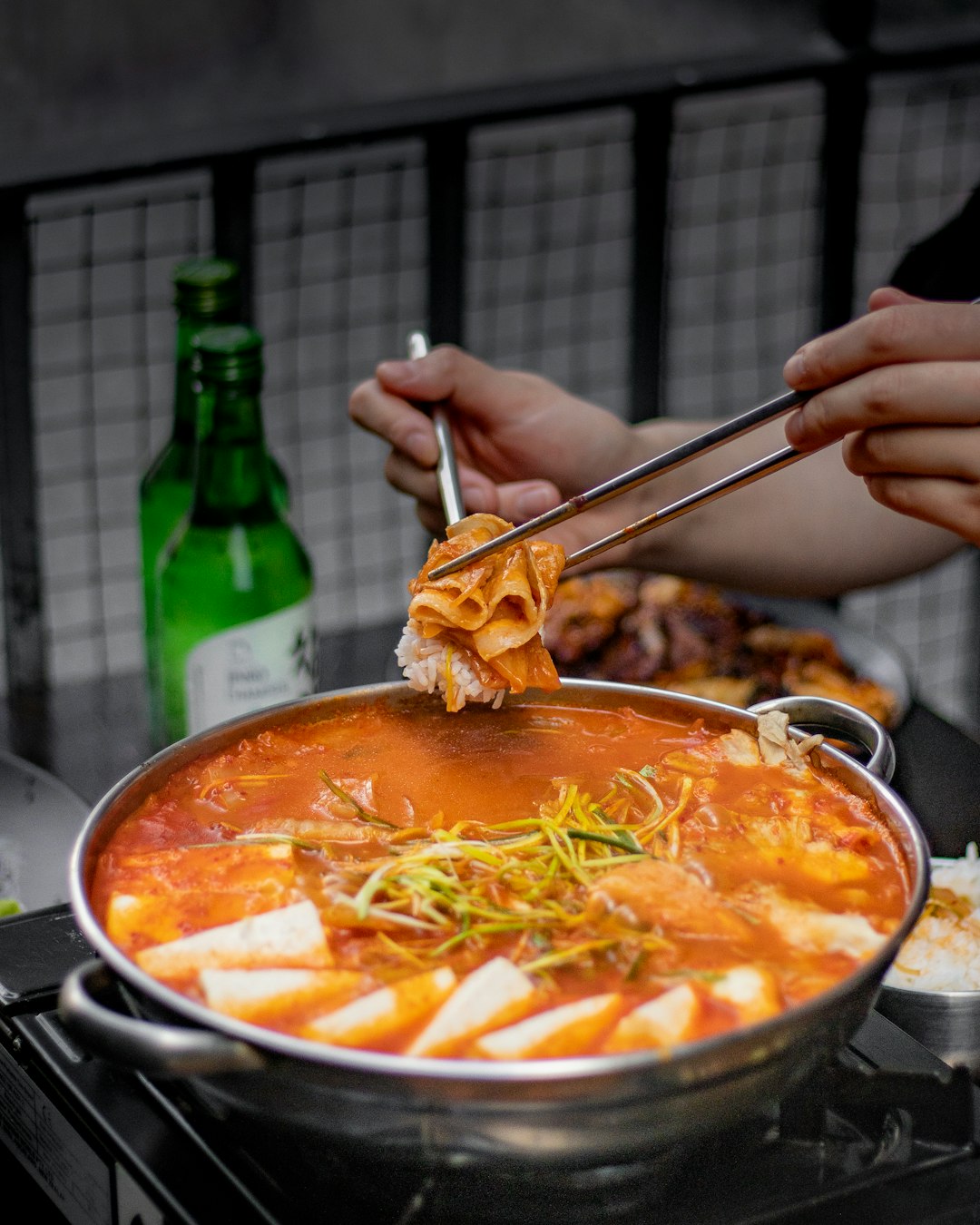The Italian Revolution That Changed American Dinner Tables

Italian immigrants arriving in waves between 1880 and 1920 didn’t just bring recipes – they fundamentally altered how Americans thought about food. According to the National Italian American Foundation, over 4 million Italians immigrated to the United States during this period, establishing communities that would reshape American dining culture. Pizza, which was virtually unknown outside Italian neighborhoods in the early 1900s, became a $50 billion industry by 2023, with Americans consuming approximately 3 billion pizzas annually. The transformation wasn’t just about adding new dishes; Italian immigrants introduced concepts like using fresh herbs, cooking with olive oil, and the importance of family-style dining that became deeply embedded in American food culture. Today, Italian cuisine ranks as the most popular ethnic food in America, with over 20,000 Italian restaurants operating nationwide as of 2024.
Chinese Immigrants and the Birth of American-Chinese Fusion

Chinese immigrants who arrived during the California Gold Rush of the 1850s created an entirely new category of American cuisine that barely resembles traditional Chinese cooking. Research from the Chinese Historical Society of America shows that Chinese restaurants grew from fewer than 300 in 1920 to over 45,000 by 2023, making them more numerous than McDonald’s, Burger King, and KFC combined. Dishes like General Tso’s chicken, fortune cookies, and chop suey were actually invented in America by Chinese immigrants adapting their cooking to local tastes and available ingredients. The economic impact is staggering – Chinese restaurants generate over $17 billion in annual revenue according to 2024 industry data. These entrepreneurs didn’t just survive discrimination and exclusion laws; they created a culinary empire that introduced millions of Americans to concepts like stir-frying, steaming, and the use of soy sauce in everyday cooking.
Mexican Migration and the Taco Revolution

Mexican immigrants have transformed American eating habits more dramatically than perhaps any other group, turning what was once considered “exotic” food into everyday staples. According to the Pew Research Center’s 2024 data, Mexican restaurants now represent 8% of all restaurants in the United States, generating over $54 billion in annual sales. The popularity of Mexican cuisine has exploded beyond traditional border states, with cities like Portland, Oregon and Nashville, Tennessee seeing Mexican restaurant growth rates of over 15% annually between 2022 and 2024. Ingredients that were virtually unknown to most Americans fifty years ago – like cilantro, jalapeños, and avocados – are now found in nearly every grocery store across the country. The transformation extends far beyond restaurants: salsa outsells ketchup as America’s most popular condiment, and the average American consumes over 8 pounds of avocados per year as of 2023.
Indian Spices Awakening American Palates

Indian immigrants, particularly those arriving after the Immigration Act of 1965, introduced Americans to complex spice combinations that revolutionized home cooking and restaurant dining. The National Restaurant Association reports that Indian restaurants in the U.S. grew by 30% between 2020 and 2024, with revenues reaching $6 billion annually. Turmeric, once found only in specialty stores, became so mainstream that Starbucks introduced turmeric lattes nationwide in 2023, while curry powder sales increased by 40% in American grocery stores over the past five years. Indian grocery stores, numbering over 2,000 nationwide as of 2024, have become cultural bridges, introducing non-Indian Americans to ingredients like ghee, cardamom, and various lentils. The health benefits promoted by Indian cuisine, particularly the anti-inflammatory properties of spices like turmeric and ginger, have influenced American dietary trends toward more plant-based and spice-rich eating patterns.
Japanese Precision Transforms American Dining Standards

Japanese immigrants and their descendants elevated American expectations for food quality, presentation, and dining experience in ways that extend far beyond sushi bars. According to industry data from the Specialty Food Association, Japanese restaurants generated over $22 billion in revenue in 2023, with sushi representing just one segment of this market. The Japanese emphasis on seasonal ingredients, minimal processing, and aesthetic presentation influenced American fine dining establishments nationwide, with many non-Japanese restaurants adopting Japanese plating techniques and ingredient sourcing methods. Umami, the fifth taste identified by Japanese scientist Kikunae Ikeda, became a buzzword in American cooking, with umami-rich ingredients like miso, seaweed, and mushrooms appearing in mainstream American recipes. The Japanese concept of “omotenashi” or hospitality transformed service standards in American restaurants, particularly in major metropolitan areas where Japanese business communities established high expectations for dining experiences.
Middle Eastern Flavors Entering Mainstream America

Middle Eastern immigrants from Lebanon, Syria, and other nations began arriving in significant numbers in the late 1800s, but their culinary influence reached mainstream America primarily in the past three decades. The American Personal Chef Association reports that Middle Eastern cuisine experienced 25% growth in restaurant popularity between 2022 and 2024, driven partly by increased health consciousness among American consumers. Hummus consumption in the United States reached 300 million pounds annually by 2023, transforming from a specialty item to a standard grocery store staple found in 95% of American supermarkets. Ingredients like tahini, za’atar, and sumac have moved from Middle Eastern markets to mainstream grocery chains, while cooking techniques like grilling over open flames and using yogurt-based marinades have influenced American barbecue and home cooking. The health benefits of the Mediterranean diet, heavily influenced by Middle Eastern culinary traditions, have been validated by numerous studies, with the American Heart Association endorsing this eating pattern in 2024.
Thai Immigrants and the Sweet-Spicy-Sour Revolution

Thai immigrants transformed American understanding of flavor balance, introducing the concept that food should simultaneously hit sweet, spicy, sour, and salty notes in every bite. According to the Thai Trade Center’s 2024 report, Thai restaurants in the U.S. increased by 40% over the past decade, with over 5,000 establishments nationwide generating approximately $7 billion in annual revenue. Pad Thai became so popular that it ranks among the top 10 most ordered takeout dishes in America, while ingredients like fish sauce, lemongrass, and Thai basil moved from specialty Asian markets to regular grocery store shelves. The Thai practice of balancing flavors influenced American cooking shows, with celebrity chefs regularly incorporating Thai techniques and ingredients into fusion cuisine. Thai street food concepts, particularly food trucks specializing in dishes like Thai-style tacos and Thai iced tea, became cultural phenomena in cities like Los Angeles, Austin, and Portland between 2022 and 2024.
Korean Wave Transforming American Food Trends

Korean immigrants and Korean-American communities have created one of the most dramatic recent transformations in American dining, particularly among younger consumers. Market research from the National Restaurant Association shows Korean restaurant revenue grew by 60% between 2020 and 2024, making it the fastest-growing ethnic cuisine category in America. Korean BBQ, kimchi, and Korean fried chicken have moved from ethnic enclaves to mainstream popularity, with major food chains like KFC testing Korean-inspired menu items nationwide in 2023. The fermentation techniques used in Korean cooking, particularly for kimchi and other pickled vegetables, have influenced American interest in gut-healthy foods, with kimchi sales increasing by 85% in U.S. grocery stores over the past five years. Korean fusion concepts, especially Korean-Mexican combinations like kimchi tacos and Korean BBQ burritos, demonstrate how immigrant communities continue to innovate and adapt their traditional foods to American tastes.
Ethiopian Coffee Culture and Flavor Complexity

Ethiopian immigrants brought more than just new dishes – they introduced Americans to coffee as a cultural experience and complex flavor profiles that influenced American palate development. According to the Specialty Coffee Association’s 2024 data, Ethiopian coffee imports to the U.S. increased by 45% over the past five years, with Ethiopian coffee shops becoming cultural gathering places in cities like Washington D.C., Seattle, and Minneapolis. The Ethiopian practice of roasting coffee beans fresh and serving coffee in ceremony-like settings influenced American third-wave coffee culture, contributing to the $30 billion specialty coffee market. Berbere spice blend, traditionally used in Ethiopian cooking, gained popularity among American home cooks, with sales increasing by 70% in specialty spice stores between 2022 and 2024. Ethiopian restaurants, while still relatively niche with approximately 200 establishments nationwide, have introduced Americans to communal eating practices and the use of injera bread as both plate and utensil, challenging conventional American dining customs.
Vietnamese Pho and the Soup Revolution

Vietnamese immigrants, particularly those arriving after 1975, transformed American soup culture and introduced the concept of complex, hours-long broths that became the foundation for numerous restaurant concepts. Industry analysis from the Vietnamese Restaurant Association shows that pho restaurants alone generate over $2 billion annually, with over 3,000 Vietnamese restaurants operating across the United States as of 2024. The Vietnamese emphasis on fresh herbs, raw vegetables, and customizable toppings influenced American fast-casual dining, with major chains adopting Vietnamese-inspired assembly-line serving methods. Sriracha sauce, while originally Thai, gained popularity through Vietnamese restaurants and became so mainstream that Huy Fong Foods’ rooster-branded version became synonymous with hot sauce for many Americans. Vietnamese coffee preparation methods, particularly the use of condensed milk and slow-drip brewing, influenced American coffee culture and contributed to the cold brew trend that generated $1.63 billion in sales in 2023.
German Immigrants and America’s Drinking Culture

German immigrants fundamentally shaped American drinking and food preservation culture in ways that continue to influence American cuisine today. According to brewing industry data, German immigrants established over 1,200 breweries in the United States by 1880, creating the foundation for American beer culture that generates over $100 billion annually as of 2024. German sausage-making techniques and meat preservation methods influenced American barbecue traditions, particularly in Texas and the Midwest, where German immigrant communities established strong culinary presences. The German tradition of pairing specific foods with beer influenced American restaurant culture, with beer gardens and brewery restaurants becoming increasingly popular, growing by 25% between 2022 and 2024. German baking techniques, particularly for breads and pretzels, established standards for American bakeries, while German Christmas markets and Oktoberfest celebrations became annual cultural events in hundreds of American cities, generating millions in tourism revenue and cultural exchange.
The Economic Impact of Immigrant-Led Food Innovation

Immigrant communities have created an entire economic ecosystem around food that extends far beyond restaurants, generating hundreds of billions in economic activity annually. According to the U.S. Bureau of Economic Analysis, ethnic restaurants employed over 2.3 million people in 2023, with immigrant-owned food businesses representing 36% of all restaurant ownership nationwide. The food truck industry, heavily influenced by immigrant entrepreneurs adapting street food traditions, generated $1.2 billion in revenue in 2024, with 80% of food truck owners being first or second-generation immigrants. Specialty food imports, driven largely by immigrant communities maintaining connections to their home countries, reached $18 billion in 2023, creating supply chains that connect American consumers to global food markets. The agricultural impact is equally significant, with immigrant farmers producing over 50% of America’s fresh fruits and vegetables, while immigrant-owned grocery stores and markets number over 15,000 nationwide, serving both ethnic communities and increasingly diverse American consumers seeking authentic international ingredients.
What surprising cuisine transformation caught you off guard the most?




